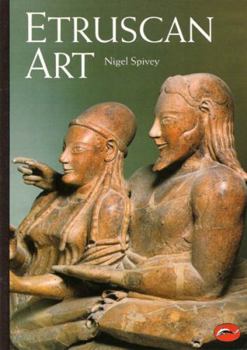Book Overview
The Etruscans are one of the enigmas of history. A cultured, artistic, socially adept, economically prosperous and pleasure-loving people, they dominated Central Italy for 800 years until, eclipsed by the burgeoning power of Rome in the fourth and third centuries BC, their civilization was absorbed and their identity obliterated. But gradually during the last four hundred years their art has come to be appreciated and enjoyed, with the emergence of richly frescoed tombs, exquisite jewelry and sculpture, metalwork and painted vases at sites such as Cerveteri, Tarquinia and Vulci. Nigel Spivey's incisive book is the first critical survey of this elusive people for more than twenty years, bringing the Etruscan world to life in the light of the most recent discoveries and the latest scholarship. 223 black and white illus..






